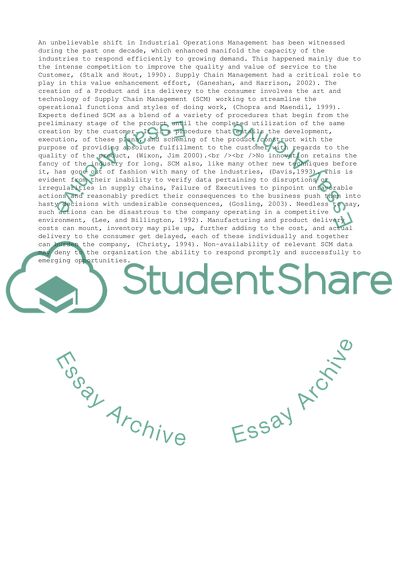Cite this document
(Supply Chain Operations Reference Model Coursework - 7, n.d.)
Supply Chain Operations Reference Model Coursework - 7. https://studentshare.org/management/1750109-supply-chain-management
Supply Chain Operations Reference Model Coursework - 7. https://studentshare.org/management/1750109-supply-chain-management
(Supply Chain Operations Reference Model Coursework - 7)
Supply Chain Operations Reference Model Coursework - 7. https://studentshare.org/management/1750109-supply-chain-management.
Supply Chain Operations Reference Model Coursework - 7. https://studentshare.org/management/1750109-supply-chain-management.
“Supply Chain Operations Reference Model Coursework - 7”. https://studentshare.org/management/1750109-supply-chain-management.


